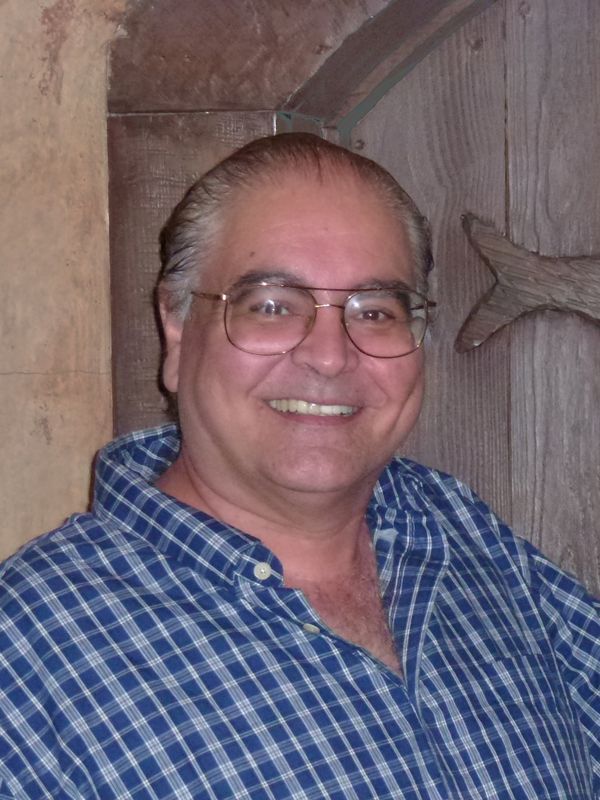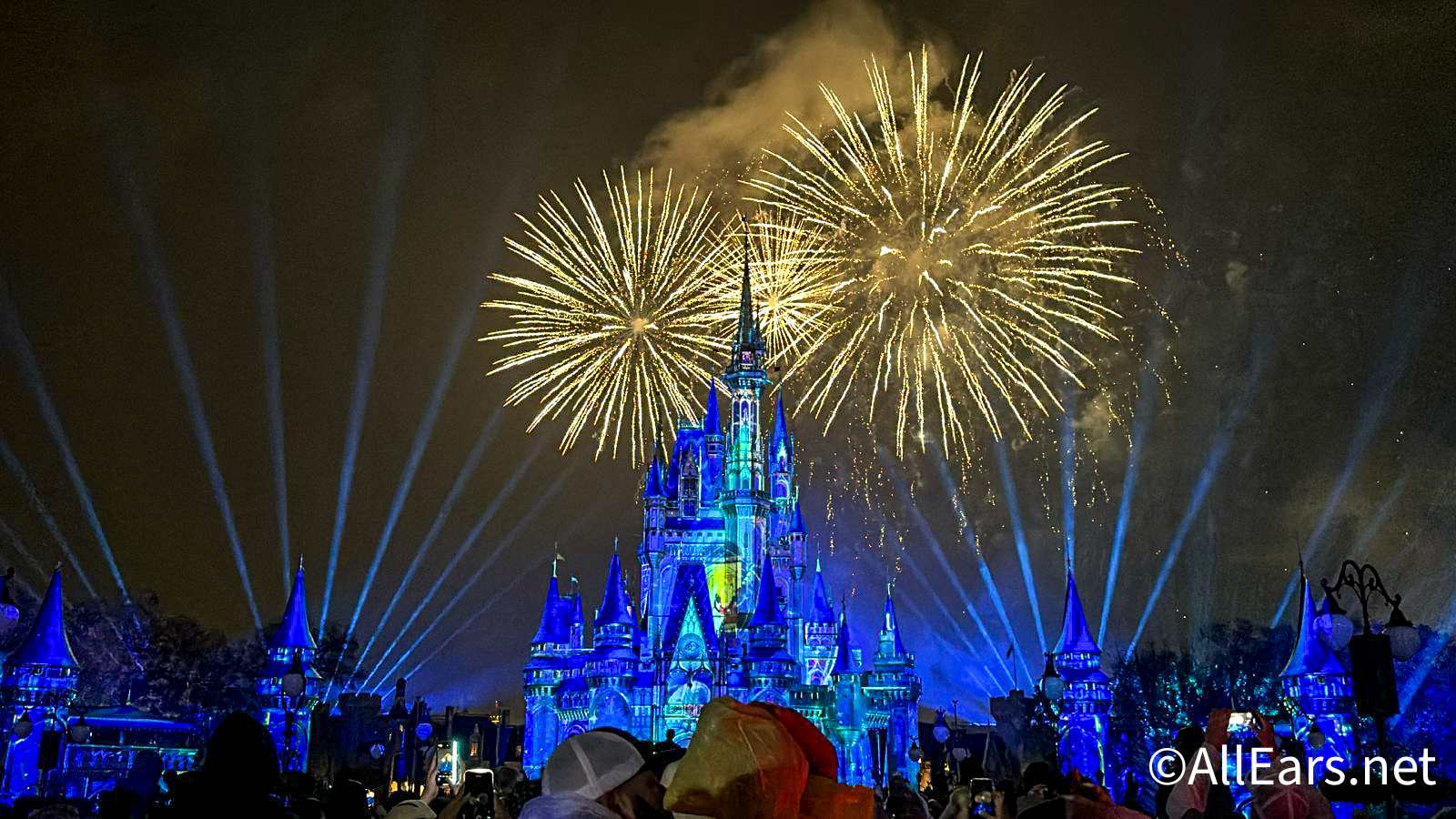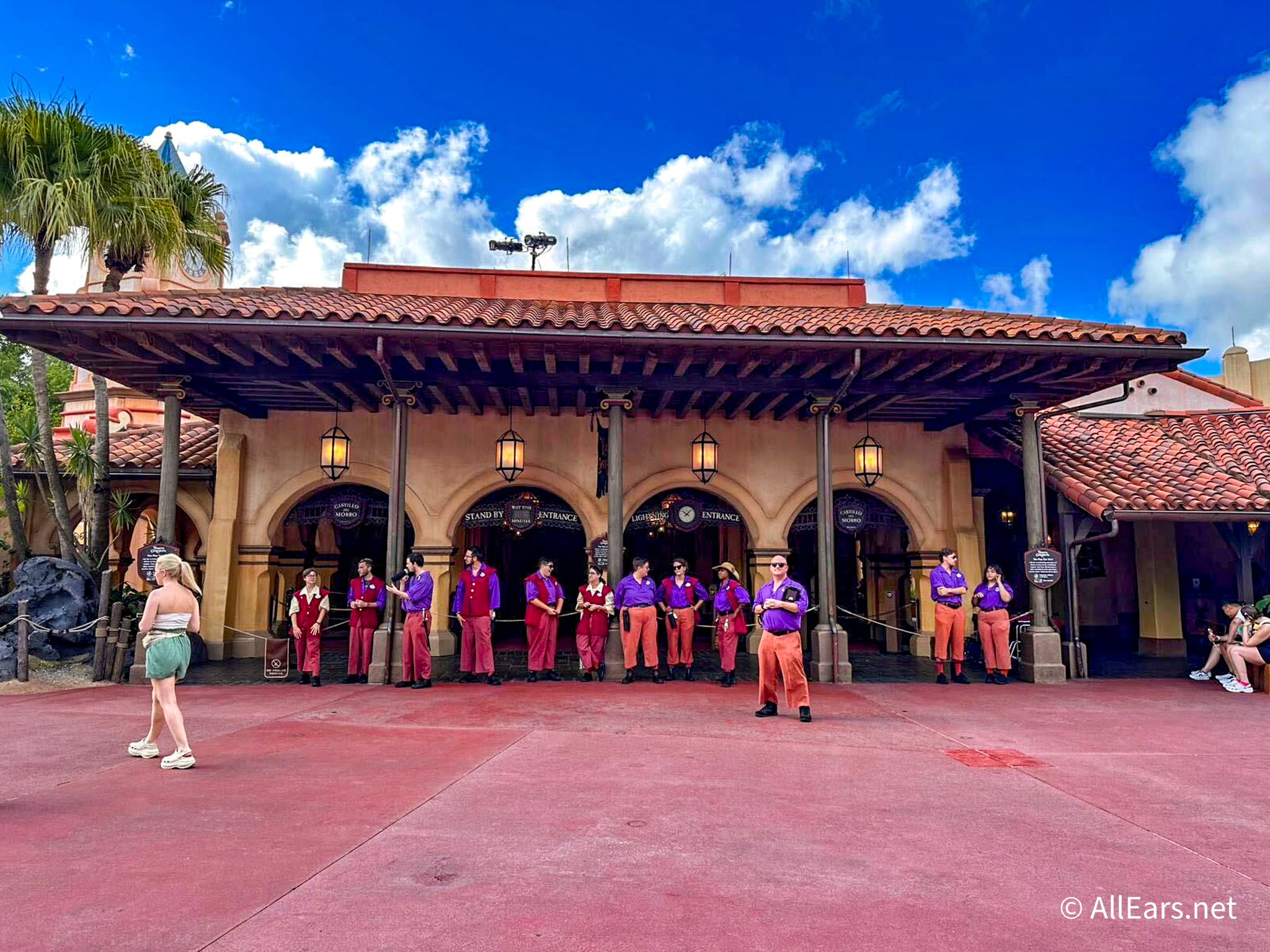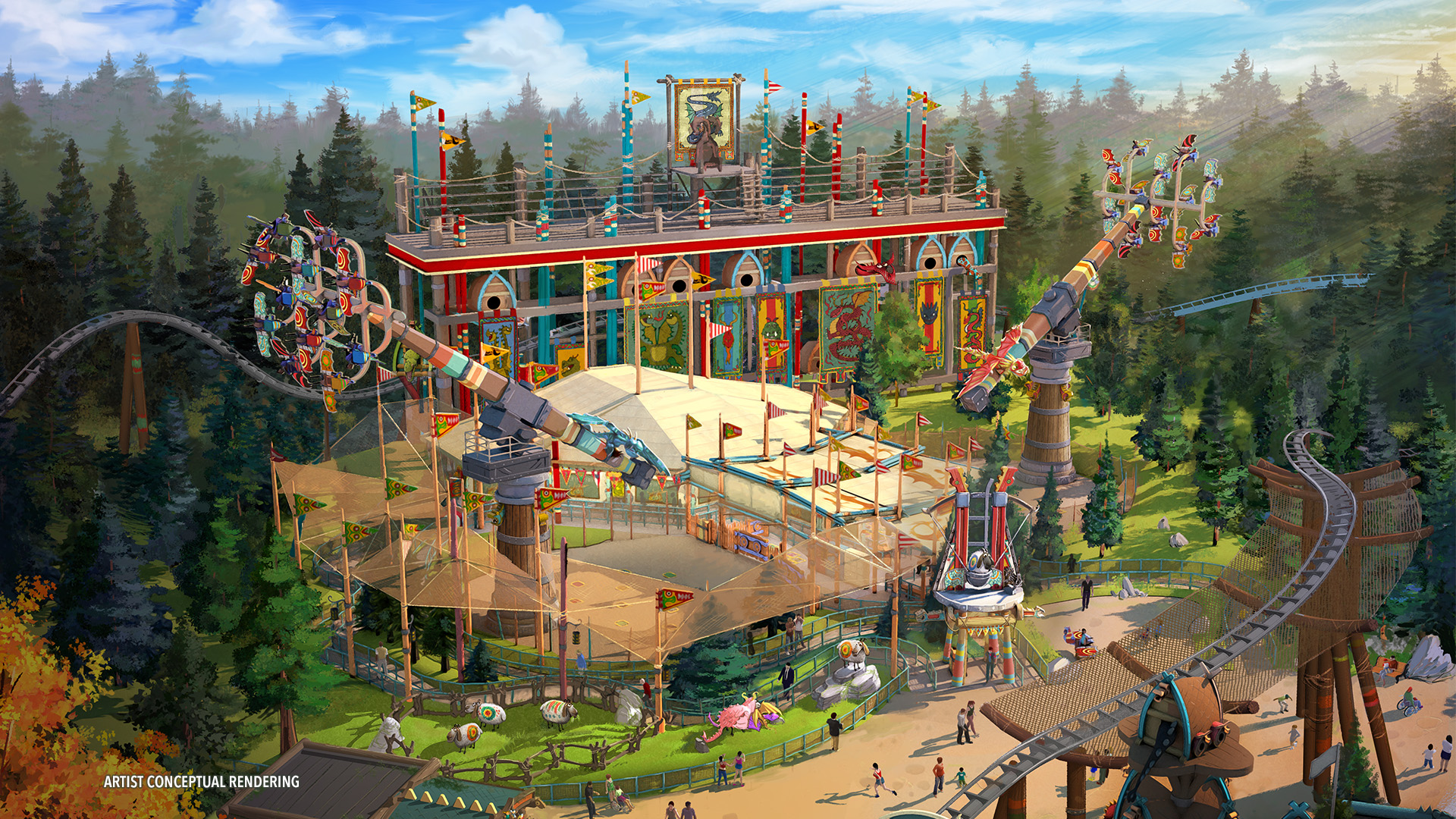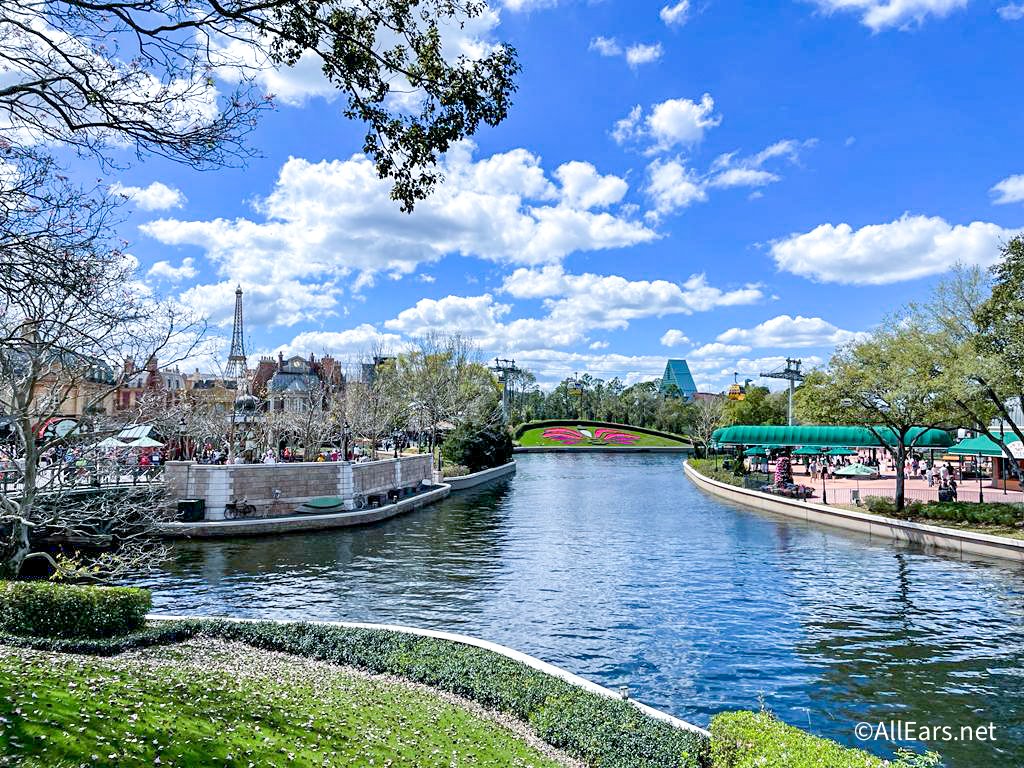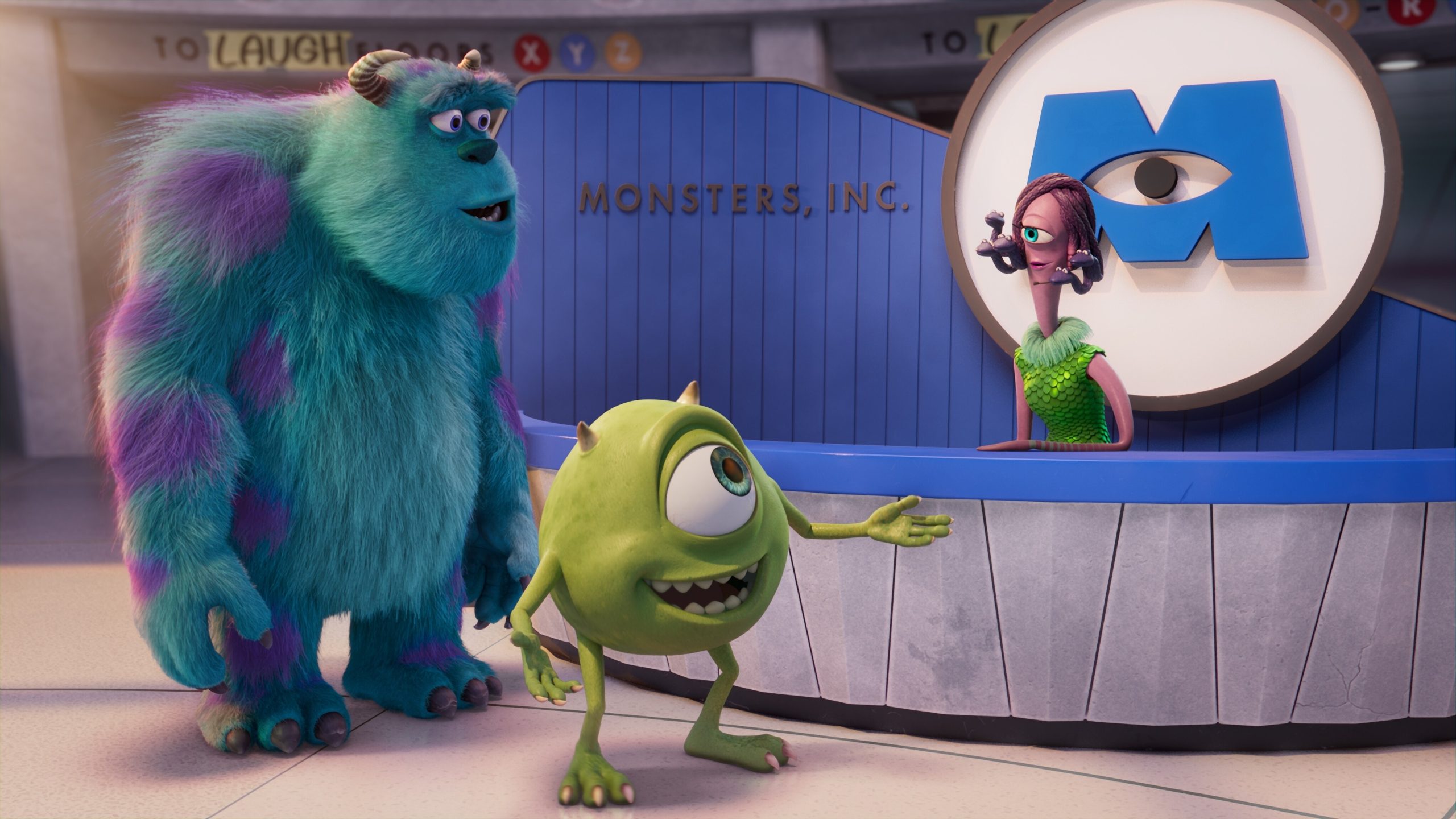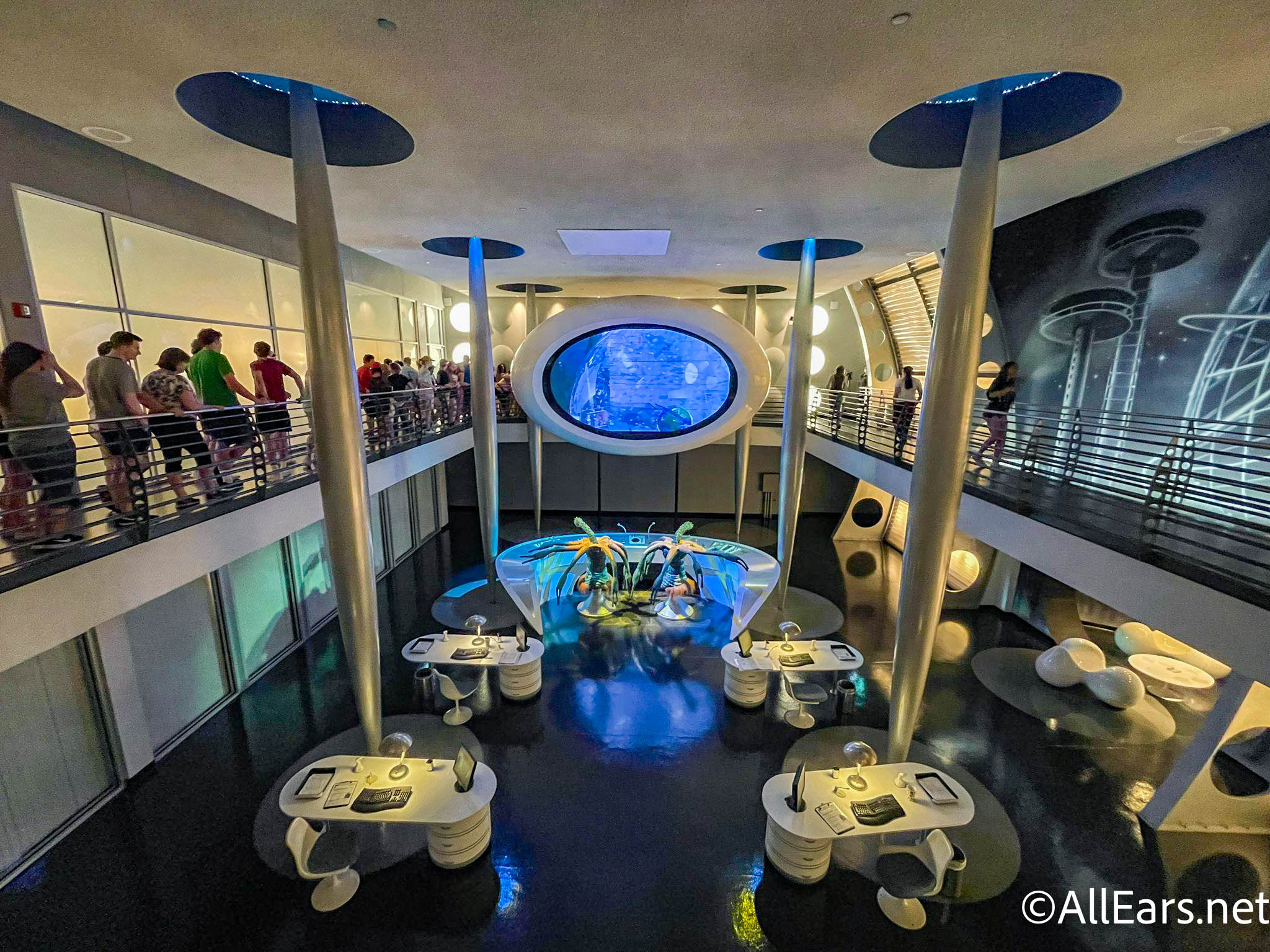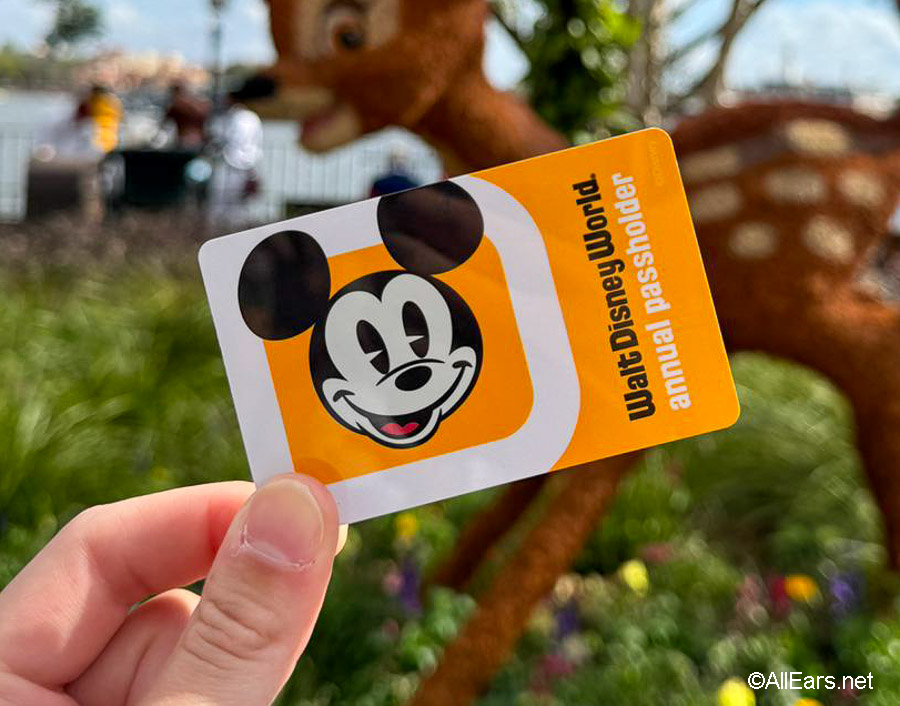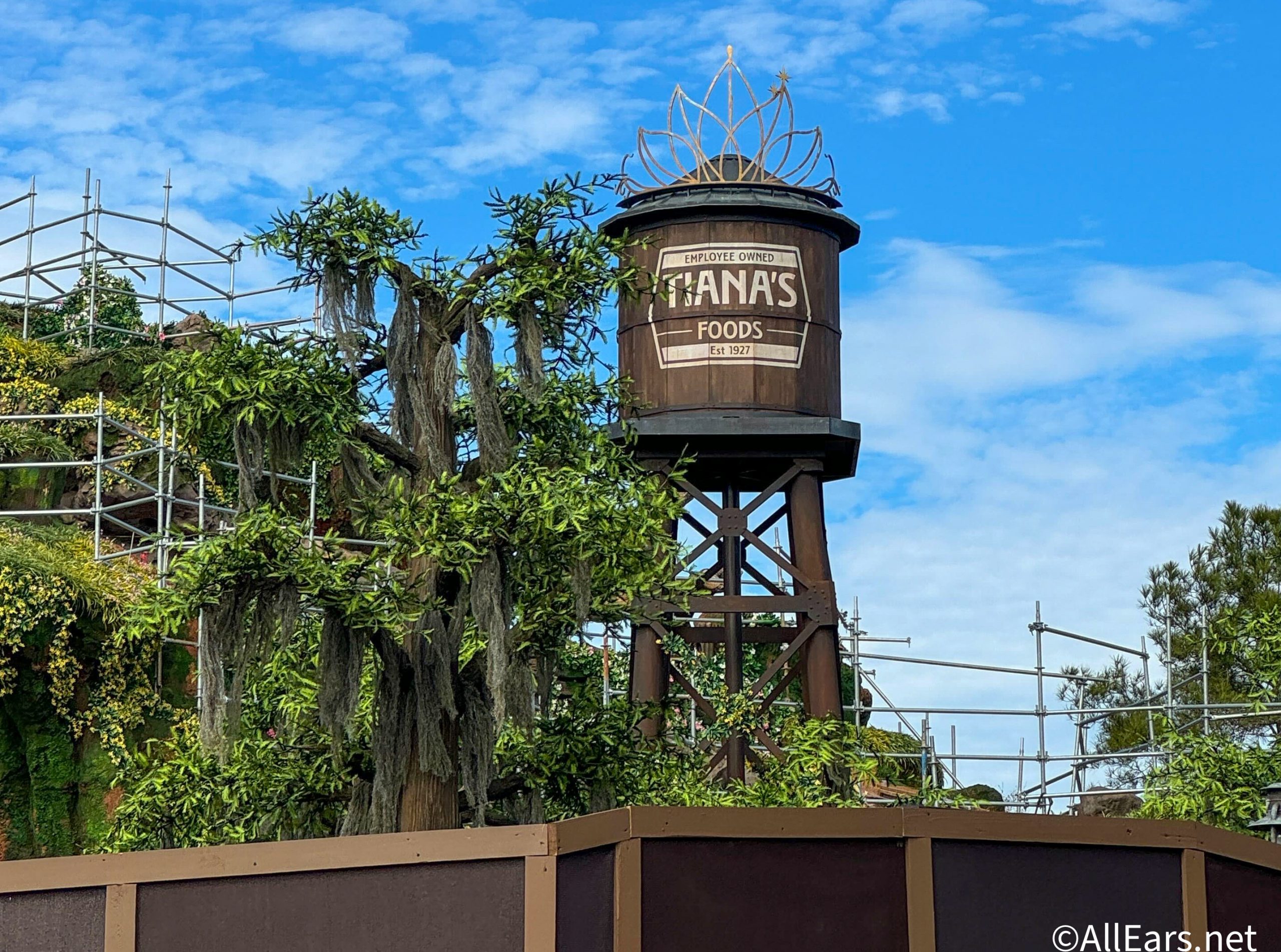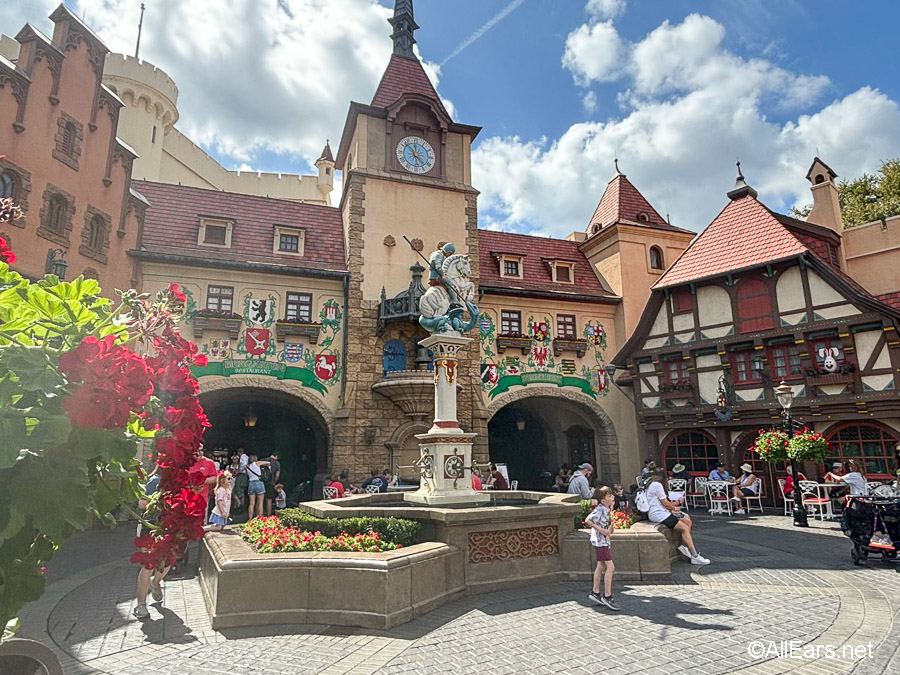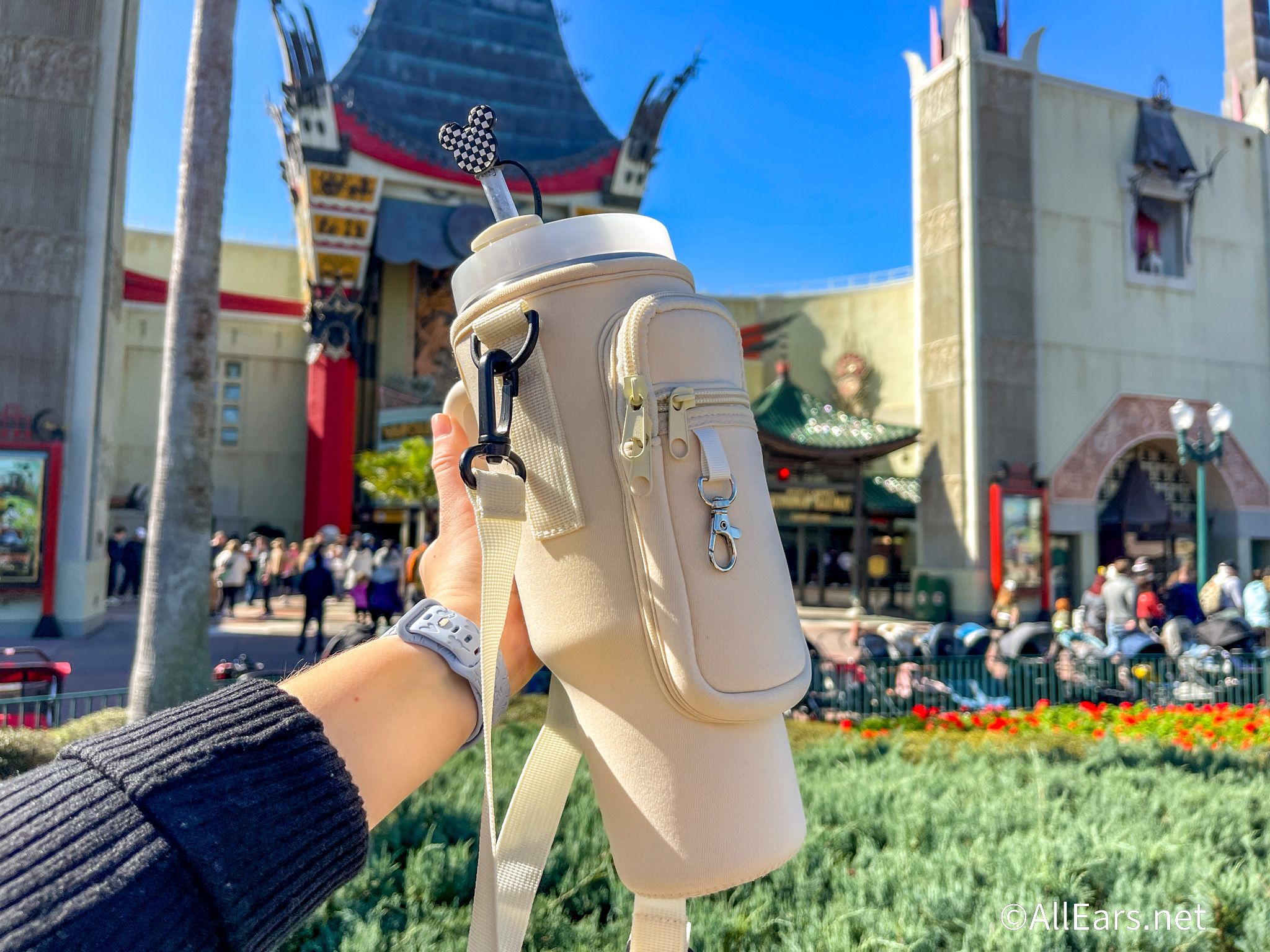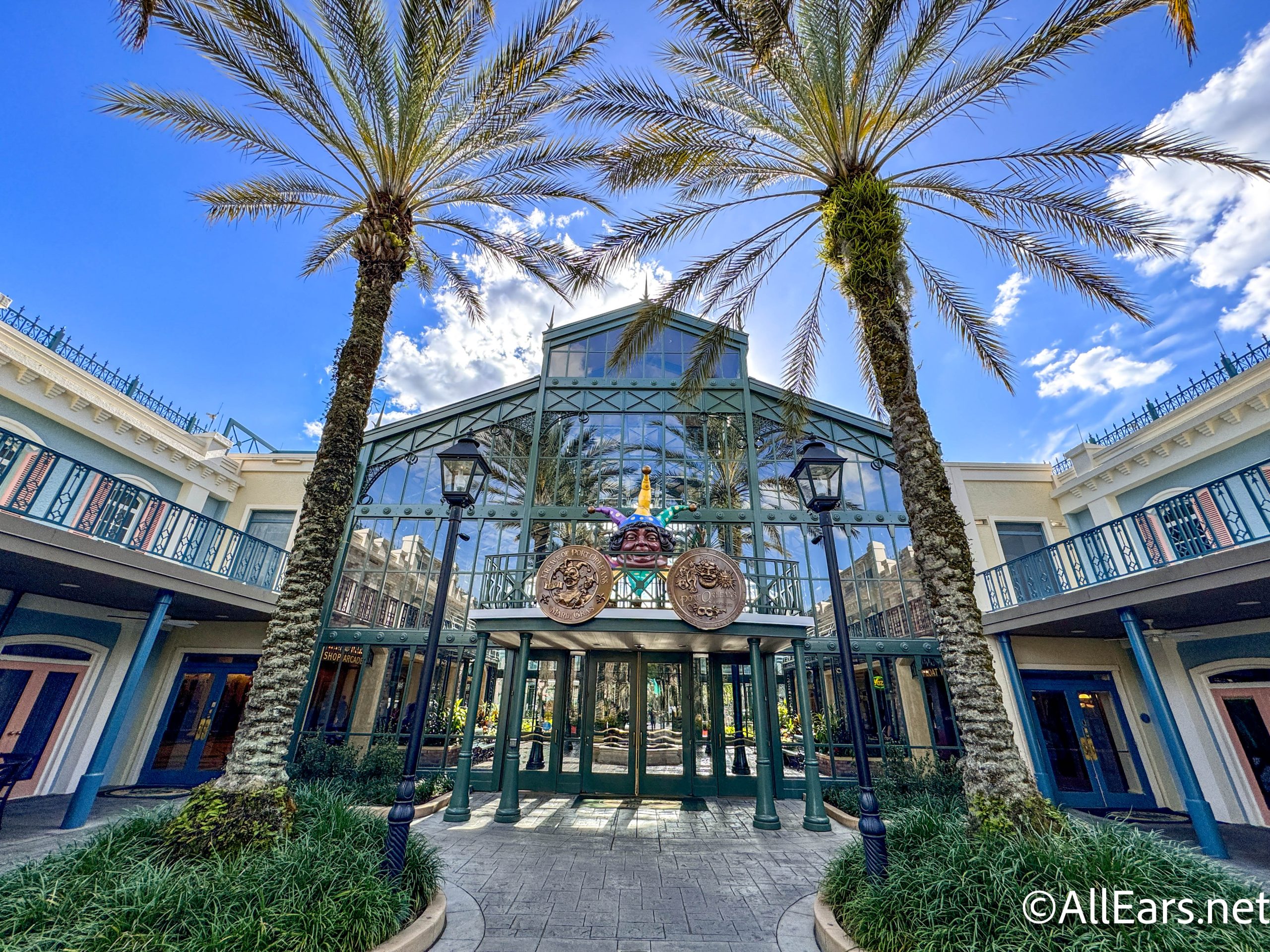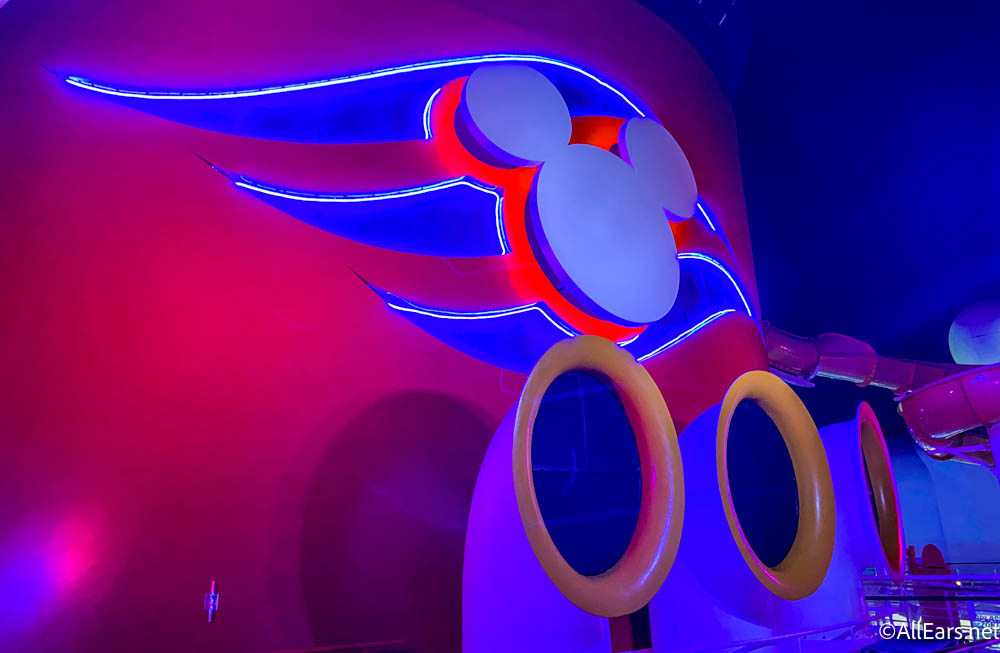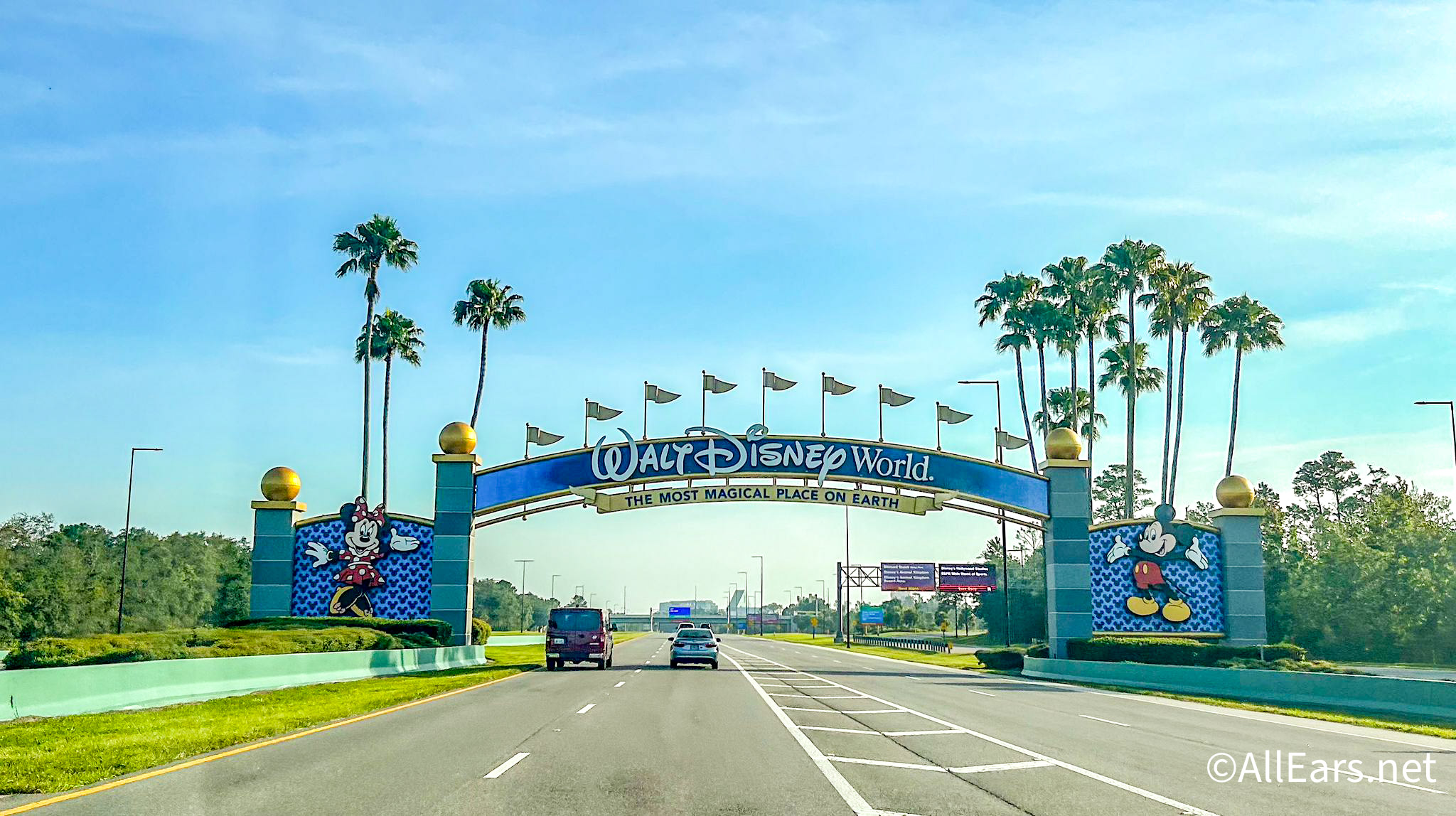WDW Chronicles: The Ever-Changing Polynesian
by Jim Korkis
Disney Historian
Feature Article
This article appeared in the March 3, 2015 Issue #806 of ALL EARS® (ISSN: 1533-0753)
Editor's Note: This story/information was accurate when it was published. Please be sure to confirm all current rates, information and other details before planning your trip.
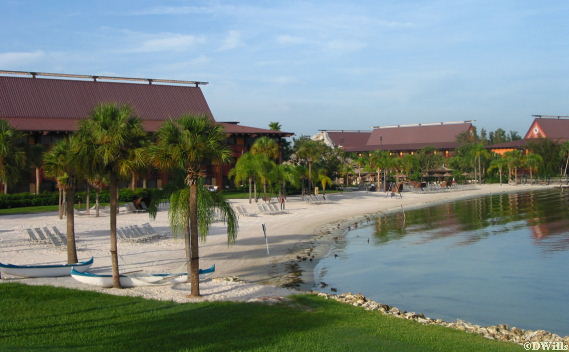 Some Disney fans have expressed concerns about changes happening at Disney's Polynesian Resort, which has recently reverted to its original name, Disney's Polynesian Village Resort. But Disney's middle name is "change" and this particular resort has undergone many significant changes over the last four decades, even before its initial construction actually began. And there were two major expansions to the resort in 1978 and 1985 that transformed it quite a bit from its original design. These latest changes are just part of its continuing history.
Some Disney fans have expressed concerns about changes happening at Disney's Polynesian Resort, which has recently reverted to its original name, Disney's Polynesian Village Resort. But Disney's middle name is "change" and this particular resort has undergone many significant changes over the last four decades, even before its initial construction actually began. And there were two major expansions to the resort in 1978 and 1985 that transformed it quite a bit from its original design. These latest changes are just part of its continuing history.
One of the biggest recent changes that drew a lot of criticism was the complete removal of the three-story lava rock waterfall, along with more than 75 different species of plants in the lobby, which had greeted guests for more than 40 years. One of the reasons for the waterfall's removal was to "open up" the space just like at some of the lobbies at other deluxe Disney resorts. Supposedly, some of those rocks from the iconic waterfall now decorate the new front desk area. There is a small homage to the original waterfall in the center of the lobby.
Other recent changes include redesigned pools, the addition of Trader Sam's bar and restaurant, the conversion of the Never Land Club to Lilo's Playhouse, as well as re-doing the entrance to the resort.
Yet another important change will occur very soon, with the Disney Vacation Club opening its newest location at the site. This will include 20 over-the-water Bora Bora Bungalows, set to open April 1, and the conversion of the Moorea, Pago Pago and Tokelau longhouses into 360 Deluxe DVC Studios.
"One of three resorts to have opened with the Walt Disney World Resort in 1971, Disney's Polynesian Resort reflects Walt's love of Polynesian culture and his desire to extend the Magic Kingdom experience beyond the parks," stated Ken Potrock, Senior Vice President and General Manager of Disney Vacation Club and Adventures by Disney, explaining the importance of keeping this resort up-to-date.
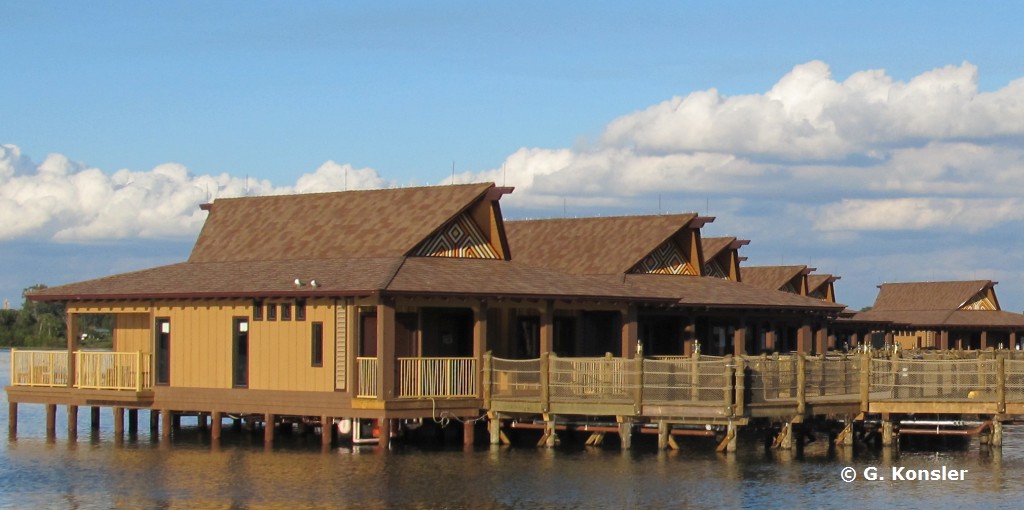 The Polynesian Village Resort opened along with the Magic Kingdom and the Contemporary Resort on October 1, 1971, but was renamed Disney's Polynesian Resort in 1985. Actually, its official grand opening was celebrated on October 24, 1971, and according to The Walt Disney Company that should be considered the official anniversary. (The resort opened on time, which was amazing since construction on it began a mere eight months before guests set foot in it.)
The Polynesian Village Resort opened along with the Magic Kingdom and the Contemporary Resort on October 1, 1971, but was renamed Disney's Polynesian Resort in 1985. Actually, its official grand opening was celebrated on October 24, 1971, and according to The Walt Disney Company that should be considered the official anniversary. (The resort opened on time, which was amazing since construction on it began a mere eight months before guests set foot in it.)
The opening celebration featured a spectacular nighttime luau with authentic island delicacies served on the lagoon shore to more than a thousand media and celebrity guests. The entertainment by dozens of native dancers concluded with the debut of the Electrical Water Pageant starring King Neptune and his nautical subjects of the deep.
The company had never owned and operated hotels before the building of the ones in Orlando. Dick Milano, at that time the manager of Disneyland University, had a degree from a hotel management school. Along with Van Arsdale France, the founder of Disney University, they created training programs that emphasized the Disney philosophy in dealing with guests mixed in with ideas from successful hotels.
The staff got to rehearse running a real hotel when arrangements were made to lease Hilton Inn South on Sand Lake Road as the training facility. Many Disney executives from California stayed at the Hilton Inn South when they traveled to Florida to examine the Walt Disney World site. The staff was trained to always give V.I.P. service, which translated to the same level of service to the first guests at the resort.
The resort was meant to be an homage to "Tiki Culture," an American interpretation of Polynesian culture primarily reflected in West Coast restaurants. Some people believe that it began with the opening of the Don The Beachcomber restaurant in Hollywood in 1934 followed by the opening of Trader Vic's restaurant in Oakland in 1937.
However, the peak of American interest in all things tropical was after World War II, when returning military personnel who had served in the South Pacific wanted to recapture the memories of that exotic experience.
Even Walt Disney, who had traveled to the Hawaiian Islands, decided to create a Polynesian-themed restaurant for Disneyland where guests would be entertained during their meal by audio-animatronics figures. That concept evolved into the Enchanted Tiki Room attraction that opened in 1963.
When designing Walt Disney World, it was decided that the Seven Seas Lagoon would represent the seven major seas of the world and that there would be a series of resorts associated with those bodies of water, like the Asian, Persian and the Venetian. The Polynesian Village Resort would not only fit into that same theme, but would also serve as an "extension" of the Magic Kingdom's Adventureland with a "dotted-line" pathway to it.
Originally, the resort was to look like a triangular island volcano 12 stories high with a South Seas restaurant at the top. Surrounding this main building would be smaller longhouses to accommodate guests. That design was later modified by the architectural firm of Welton Becket and Associates into the current three-story structure of a smaller main building known as the Great Ceremonial House (modeled after a Tahitian royal assembly lodge) and more longhouses to include the additional guest rooms that were to be in the original massive building.
The back of the resort's postcard stated, "A tropical island adventure awaits guests at the Polynesian Village resort. Entertainment, food, decor and shopping all blend into a South Seas vacation atmosphere. Palm-lined sandy beaches are just a barefoot stroll away, while the 'rest of the World' is reached by outrigger, sailboats, old-fashioned side-wheel steamboats and swift monorail trains."
The resort opened with 492 guest rooms in eight longhouse buildings: Bali Hai, Bora Bora, Hawaii, Fiji, Samoa, Tahiti, Tonga, and Maui. Resort rates in 1971 were $29 to $44 a night, depending on several factors, including the floor, view and location.
At a facility on the upper east end of WDW property roughly four miles away from the resort, U.S. Steel workers produced hundreds of modular rooms weighing 8.5 tons each that were finished and furnished in an assembly-line process for both the Contemporary and the Polynesian. The building where all of that work took place still stands at 1500 Live Oak Lane just south of the softball field.
The Polynesian rooms were stacked rather than slid into place like at the Contemporary's A-frame structure, but the basic process of construction of the individual rooms was similar. For decorative purposes, real bamboo had been used in the resort, but it quickly split and rotted, forcing a last-minute replacement of fiberglass bambo in many areas.
At first, elaborate outdoor luaus were held on an outdoor stage on the beach, but the unpredictable Florida weather caused so many cancellations that in 1972 the sheltered Luau Cove was constructed to house the festivities.
The original pool at the resort in 1971 was the Nanea Volcano Pool, where guests had to go under a waterfall to get to the stairs to get to the top of the water slide. That pool was replaced in March 2001 with the current pool featuring a larger volcano. In 1978, another pool was added and was known to Disney fans as the "quiet pool" because it was less popular with noisy children. It had originally been a putting green. In 2011 that pool was drained and the deep end filled before it reopened in May 2011.
Also in 1978, the Oahu longhouse was added and the Maui longhouse was renamed the Maori longhouse. In 1985, the Moorea and Pago Pago longhouses opened.
In 1999, most of the Resort's longhouses were renamed to more accurately reflect the Polynesian islands: Bali Hai became Tonga; Bora Bora became Niue; Hawaii became Samoa; Maori changed to Rarotonga; Moorea became Tahiti; Oahu became Tokelau; Pago Pago became Rapa Nui; Samoa became Tuvalu; Tahiti became Aotearoa; and Tonga became Hawaii.
Why did Tonga become Hawaii and Hawaii become Samoa rather than just letting the Hawaii name stay as it was? The names were changed to better reflect a more accurate geographical position of the islands to each other.
In 1996, the green-and-blue checkerboard tiled floor in the Great Ceremonial House was replaced with earth-toned tiles that resembled rock slabs.
Over the years the original restaurants and shops were redone and renamed. The Papeete Bay Verandah was themed as a French Colonial restaurant open for breakfast, lunch and dinner with a nightly live Polynesian Revue, but that location became 'Ohana in 1995. The South Seas Dining Room that featured a Polynesian buffet completely disappeared.
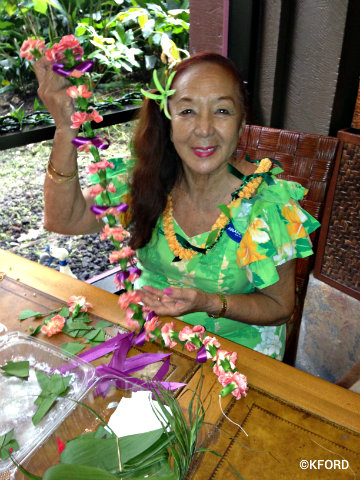 The Polynesian Princess shop was removed in 2005 with the expansion of the food court. The shop News from Civilization became News from Polynesia and then became the home of the Wyland Galleries. That space is now part of the expanded Captain Cook's quick service restaurant.
The Polynesian Princess shop was removed in 2005 with the expansion of the food court. The shop News from Civilization became News from Polynesia and then became the home of the Wyland Galleries. That space is now part of the expanded Captain Cook's quick service restaurant.
These changes are just the tip of the iceberg (or tropical volcano) of those that have occurred over the course of the resort's four decades.
I am sure many AllEars® readers have memories of other things that have disappeared from the resort, including the Robinson Crusoe, Esq. shop to the colorful real parrot on a perch stationed in front of the waterfall to perhaps even the infamous and short-lived wave machine that produced waves big enough for surfers to enjoy. Or maybe some reader was among those who piled into a 40-foot Polynesian War Canoe (as many as eight guests at a time) and paddled off to the islands in the Seven Seas Lagoon or enjoyed a cocktail on the 65-foot Chinese Junk known as the Eastern Winds.
So, for those Disney fans concerned about the recent changes, it is important to remember that very little of the original 1971 resort was still in place before this latest renovation. Bit by bit the resort has been upgraded and re-imagined. The only constant has been the fine service and friendliness of the staff that has remained in place since it all began in 1971 and helps account for the continued success of this popular Disney resort.
= = = = = = = = = = = = =
RELATED LINKS
= = = = = = = = = = = = =
Polynesian Village Resort Fact Sheet
Polynesian Village Resort Photo Gallery
Polynesian Village Resort Lobby Photos
Polynesian Village Resort Videos
Polynesian Village Resort Construction Update
Other features from the Walt Disney World Chronicles series by Jim Korkis can be found in the AllEars® Archives.
Jim also writes occasionally for the AllEars® Guest Blog, contributing entries under the heading of "Jim's Attic."
-=-=-=-=-=-=-=-=-=-=-
Disney Historian and regular AllEars® Columnist Jim Korkis has written hundreds of articles about all things Disney for more than three decades. As a former Walt Disney World cast member, his skills and historical knowledge were utilized by Disney Entertainment, Imagineering, Disney Design Group, Yellow Shoes Marketing, Disney Cruise Line, Disney Feature Animation Florida, Disney Institute, WDW Travel Company, Disney Vacation Club and many other departments.
He is the author of several books, available in both paperback and Kindle versions. You can purchase them via our AllEars.Net Amazon.com store HERE.
-o-o-o-o-o-o-o-o-o-o-o-
Editor's Note: This story/information was accurate when it was published. Please be sure to confirm all current rates, information and other details before planning your trip.

